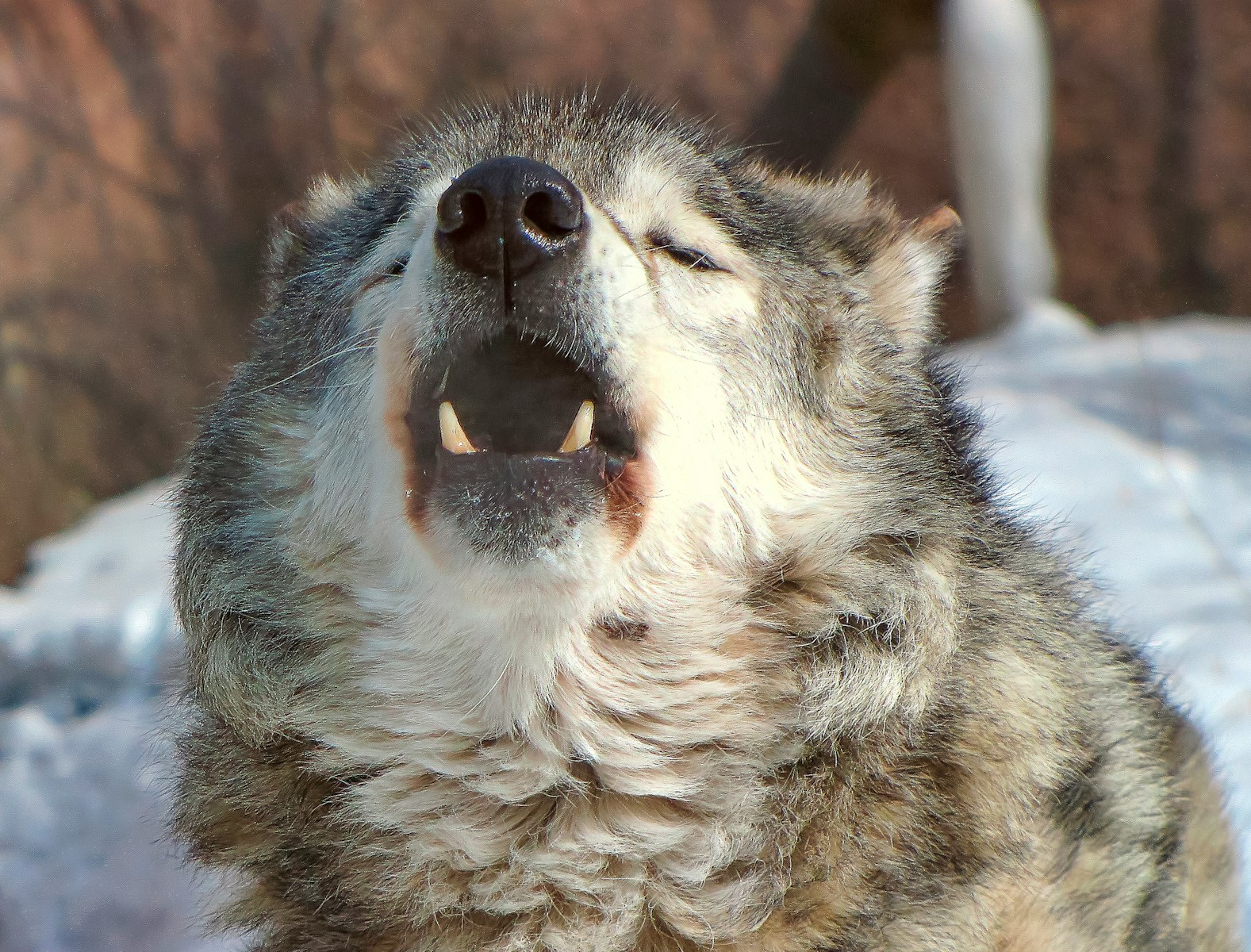In the shadowy depths of forests and across moonlit plains, wolves engage in sophisticated conversations that have fascinated humans for millennia. These apex predators, with their haunting howls and intricate social structures, rely on a complex language system that extends far beyond what human ears can detect. Wolf communication incorporates vocalizations, body postures, facial expressions, and scent markers—creating a multifaceted language that strengthens pack bonds, establishes territories, and coordinates hunting strategies. Understanding how wolves communicate provides not only insights into their behavior and ecology but also offers a window into the evolutionary roots of communication in many social species, including our own domestic dogs. As we venture into the realm of wolf communication, we’ll discover the nuanced ways these intelligent predators express themselves and maintain their intricate social order.
The Evolutionary Significance of Wolf Communication
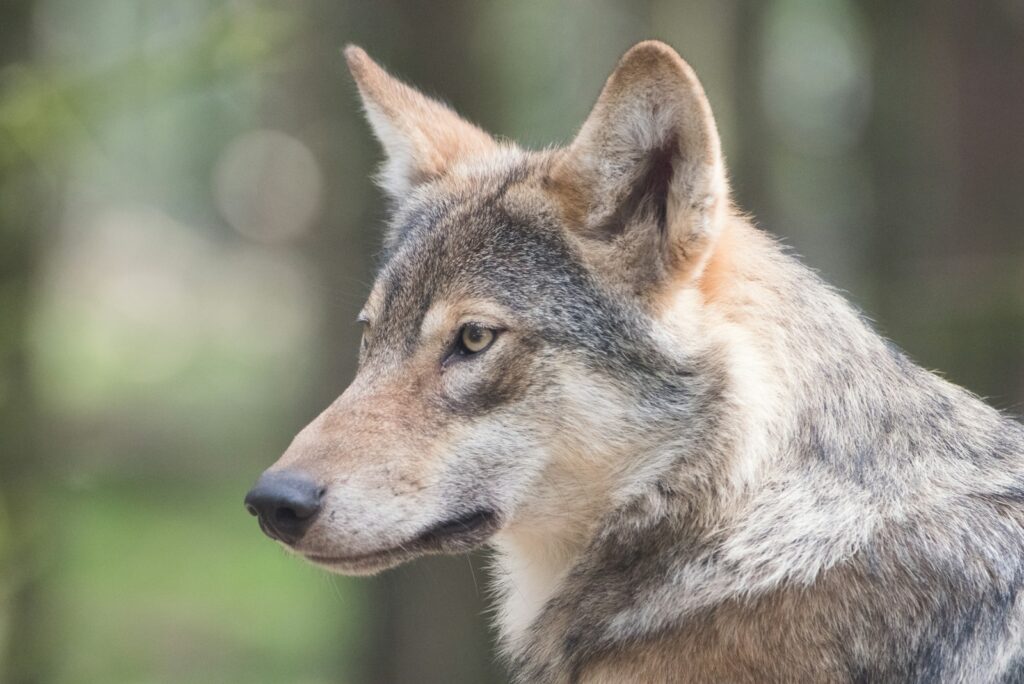
Wolf communication systems have evolved over millions of years to support their highly social lifestyle and cooperative hunting strategy. As pack animals that rely on coordinated group efforts to survive, wolves needed to develop clear, effective communication methods that work across various distances and conditions. These communication abilities have been shaped by natural selection to facilitate successful hunting, territorial defense, pup-rearing, and intra-pack harmony. The sophistication of wolf communication reflects their complex social structure, where accurate information exchange directly impacts survival and reproductive success. Interestingly, many of these communication traits have been retained in domestic dogs, though often modified through selective breeding for human companionship. This evolutionary foundation helps explain why wolves have developed such a diverse repertoire of signals—from long-distance howls to subtle ear positions—each serving specific functions in their social ecology.
The Haunting Power of Wolf Howls
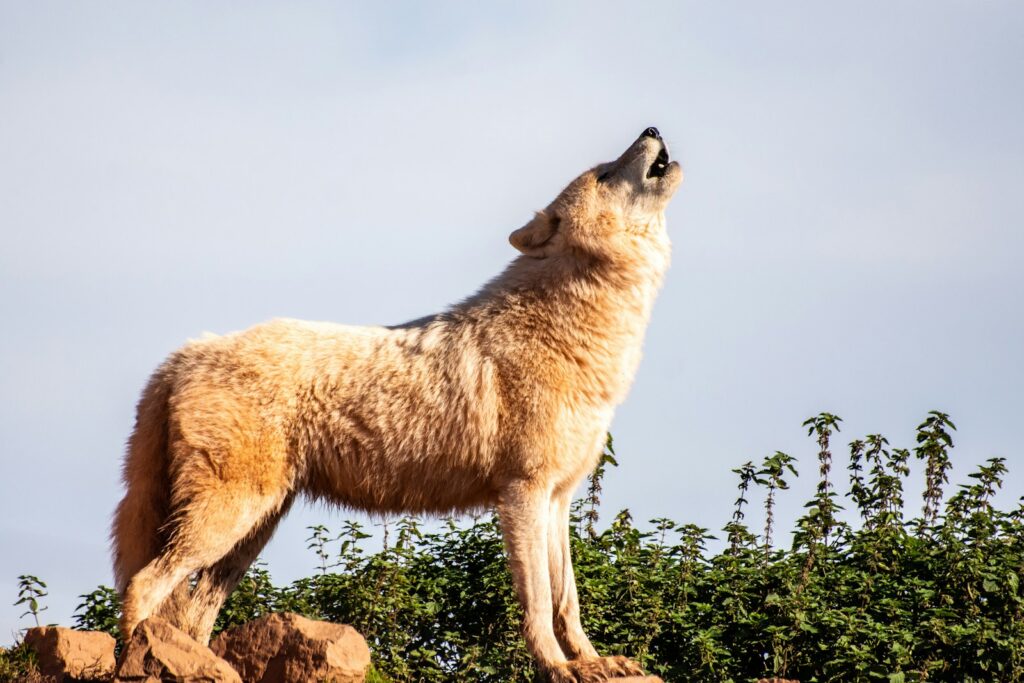
The wolf howl stands as perhaps the most iconic form of wolf communication, capable of traveling up to ten miles in favorable conditions. These long-distance vocalizations serve multiple crucial purposes within wolf society, from rallying scattered pack members to declaring territorial boundaries to neighboring packs. Each wolf possesses a distinctive vocal signature that allows pack members to identify specific individuals, similar to how humans recognize familiar voices. Research has shown that wolves howl more frequently to pack members with whom they share stronger social bonds, suggesting that howling reinforces important relationships within the pack structure. The harmonic qualities of wolf howls—often described as mournful or eerie by human listeners—result from the wolves’ unique vocal anatomy and their tendency to harmonize when howling in groups, creating complex overlapping sound patterns that amplify the signal’s reach.
Decoding the Various Types of Howls
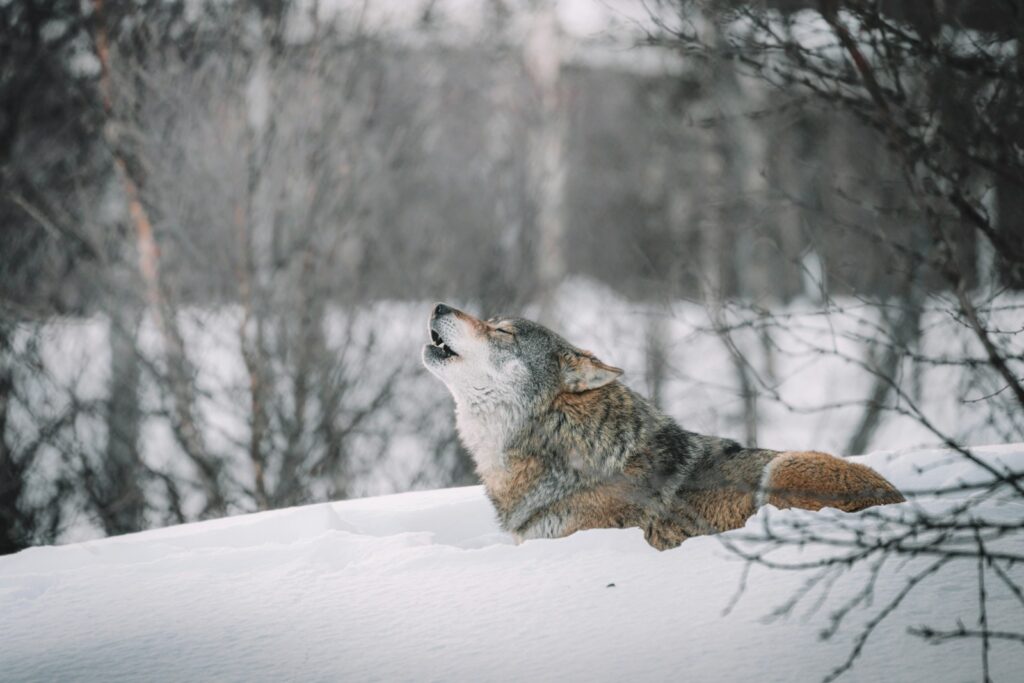
Wolves employ different types of howls, each conveying specific messages and serving distinct social functions. Assembly howls, characterized by their sustained, single-note quality, serve primarily to gather scattered pack members, often before or after hunting expeditions. Territorial howls, typically longer and more elaborate, announce a pack’s presence to potential intruders and help maintain spatial separation between neighboring wolf groups. Chorus howls occur when multiple pack members vocalize simultaneously, creating an acoustic illusion that makes the pack sound larger—a useful defense mechanism against rival packs. Perhaps most haunting is the lonesome howl of a separated wolf seeking to reestablish contact with its pack, which often contains distinctive pitch modulations that identify the specific individual. Researchers studying these various howl types have discovered that wolves can differentiate between familiar and unfamiliar howls, responding more vigorously to unknown wolves that might represent a territorial threat.
The Social Context of Howling Behavior
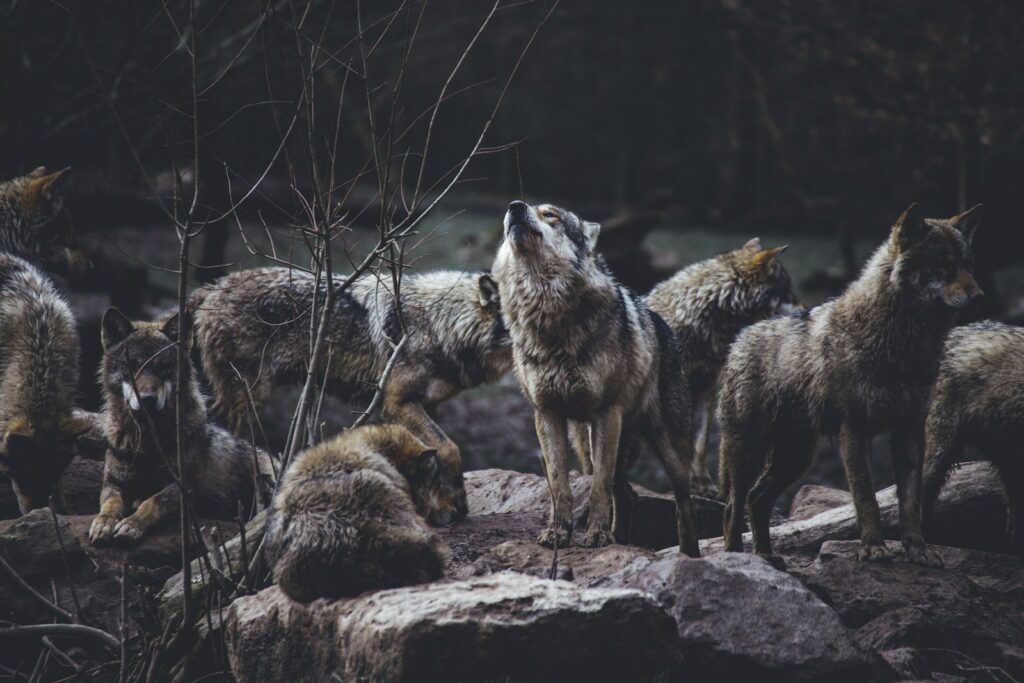
Howling behavior in wolves is deeply embedded in social context, with frequency and intensity varying based on specific pack circumstances. Wolves howl more frequently during breeding season (January-February), when territorial defense becomes particularly important and pack cohesion faces challenges from mating instincts. Packs with new pups often reduce their howling frequency in the weeks immediately following birth—a behavioral adaptation that helps prevent attracting predators or hostile packs to vulnerable offspring. Research has documented increased howling during times of social tension, such as when established hierarchies are being challenged or when new members are integrating into the pack. Interestingly, wolves appear to howl more frequently in response to the howls of pack members they have stronger bonds with, suggesting that howling serves as an audio reinforcement of important relationships within the complex social tapestry of the pack. This context-dependent nature of howling behavior highlights how vocalization patterns reflect the ever-changing social dynamics within wolf society.
The Intricate Language of Wolf Growls and Barks
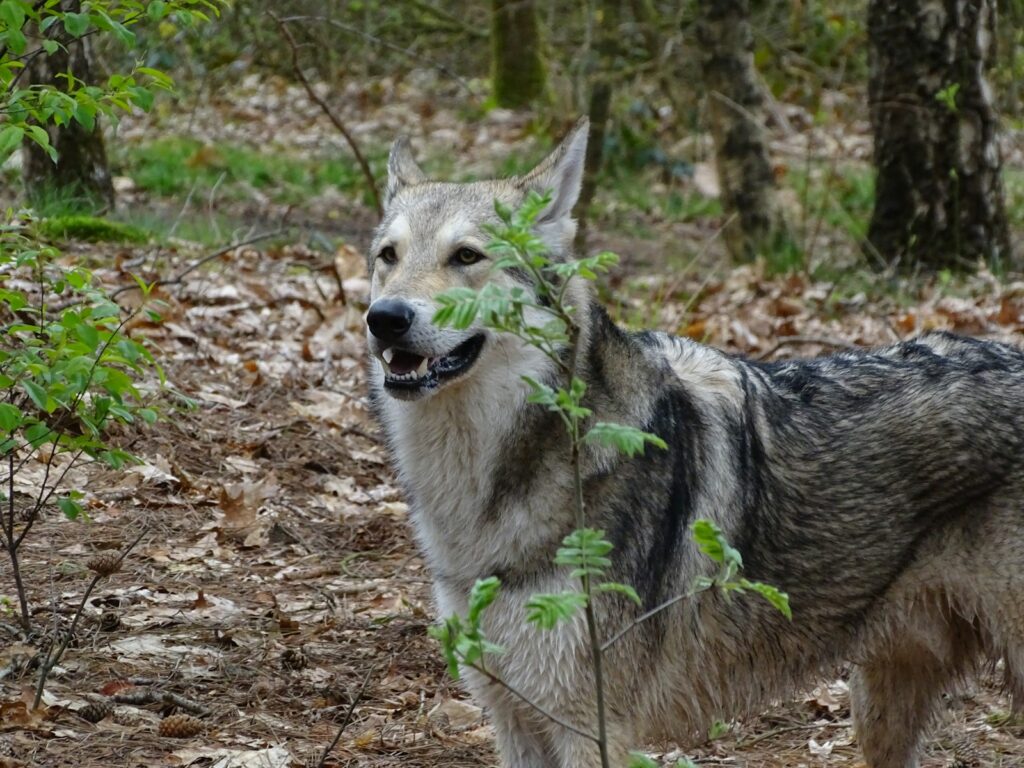
While howls may be the most famous wolf vocalization, growls and barks form an essential part of their close-range communication system. Wolf growls primarily serve as warnings, ranging from low-intensity rumbles that express mild displeasure to intense, prolonged growls that precede potential aggression. Unlike their domestic descendants, wolves bark relatively rarely, reserving this sharp, explosive vocalization for situations requiring immediate attention—such as alerting the pack to sudden dangers or during confrontations with threatening intruders. Research has revealed that wolf growls contain acoustic information about the vocalizing individual’s size, with larger wolves producing lower-frequency growls that accurately signal their physical capabilities to potential rivals. The nuanced variations in these vocalizations allow wolves to communicate precise emotional states and intentions, helping to resolve conflicts without resorting to physically dangerous fights. This sophisticated vocal system highlights wolves’ remarkable ability to convey complex information through sound modulation at close range.
Whines, Yelps, and Squeaks: The Emotional Vocalizations
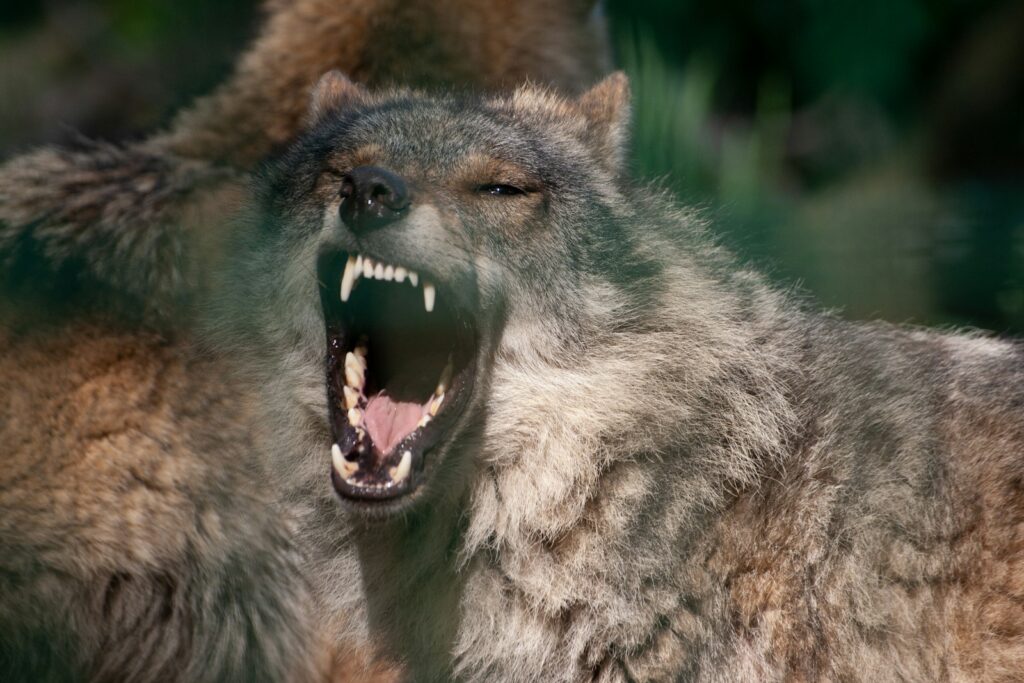
Wolves produce a variety of softer, higher-pitched vocalizations that primarily communicate emotional states and are especially common during friendly or submissive interactions. Whines typically express anxiety, submission, or the desire for attention, and are particularly frequent during greetings when subordinate wolves approach more dominant individuals. Yelps—short, sharp sounds—often indicate surprise or minor pain, while also serving as play signals between juveniles or during adult play bouts. Pups are especially vocal, using a range of squeaks, mews, and whimpers to solicit care from parents and other pack members, with distinct sounds for hunger, cold, or distress. These softer vocalizations play a crucial role in maintaining pack cohesion and reducing tension, as they help communicate non-threatening intentions during potentially sensitive social interactions. Researchers have noted that these emotional vocalizations bear striking similarities to those produced by domestic dogs, suggesting deep evolutionary roots for these forms of auditory expression.
The Power of the Wolf’s Facial Expressions
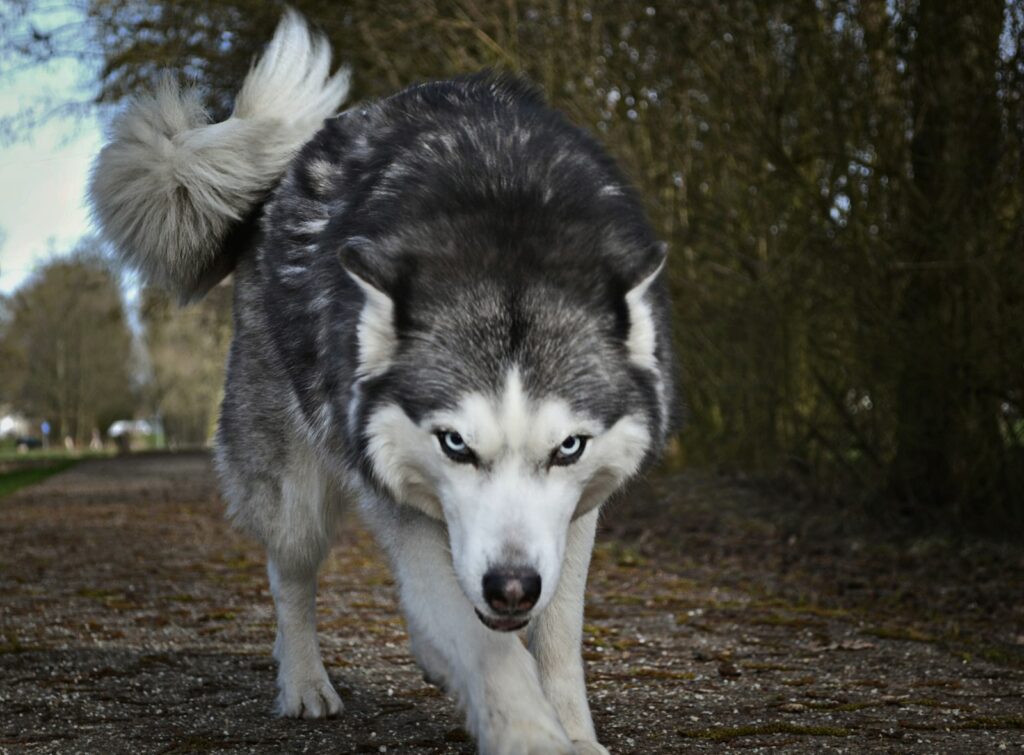
Wolves possess remarkably expressive faces capable of conveying nuanced emotional states and intentions through subtle changes in muscle tension and feature positioning. The position of the lips, from relaxed to the vertically retracted “threat gape” that exposes canine teeth, provides immediate information about a wolf’s aggressive intent or friendly disposition. Eye contact serves as a powerful communication tool, with direct staring constituting a dominance challenge, while averting gaze signals submission or peaceful intentions. The ears function as highly mobile communication flags, with forward-facing ears indicating attention or confidence, while ears flattened against the head signal fear or submission. These facial expressions often occur in rapid succession or in combination with other body language elements, creating a sophisticated non-verbal language system that allows wolves to navigate complex social interactions. Researchers studying wolf facial expressions have identified at least 21 distinct expressions, demonstrating a level of facial communication complexity that rivals many primates.
Body Posture as Communication
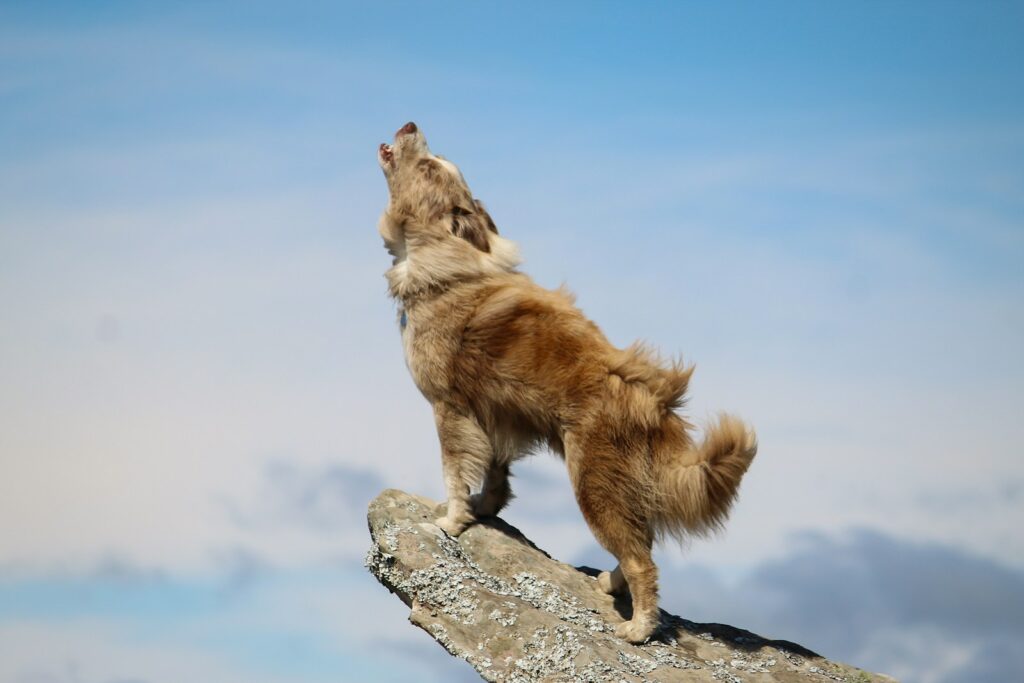
A wolf’s body posture serves as an immediate visual broadcast of its emotional state and social intentions, with the animal’s entire silhouette changing to convey specific messages. Dominant or confident wolves stand tall with raised heads, tails held horizontally or slightly raised, and weight evenly distributed—a posture that maximizes apparent size and signals social confidence. In contrast, submissive individuals lower their profile by crouching, tucking their tail between their legs, and shifting weight to their hindquarters in preparation for potential retreat. Play intentions are signaled through the famous “play bow,” where the wolf lowers its front end while keeping its rear elevated, often accompanied by a relaxed, open-mouthed facial expression. These whole-body signals can be observed from considerable distances, allowing wolves to communicate basic intentions before closer interaction occurs. The precision with which wolves can control their posture demonstrates the evolutionary importance of accurate visual communication in a social species where misinterpreted signals could lead to dangerous conflict.
Tail Positions and Their Meanings
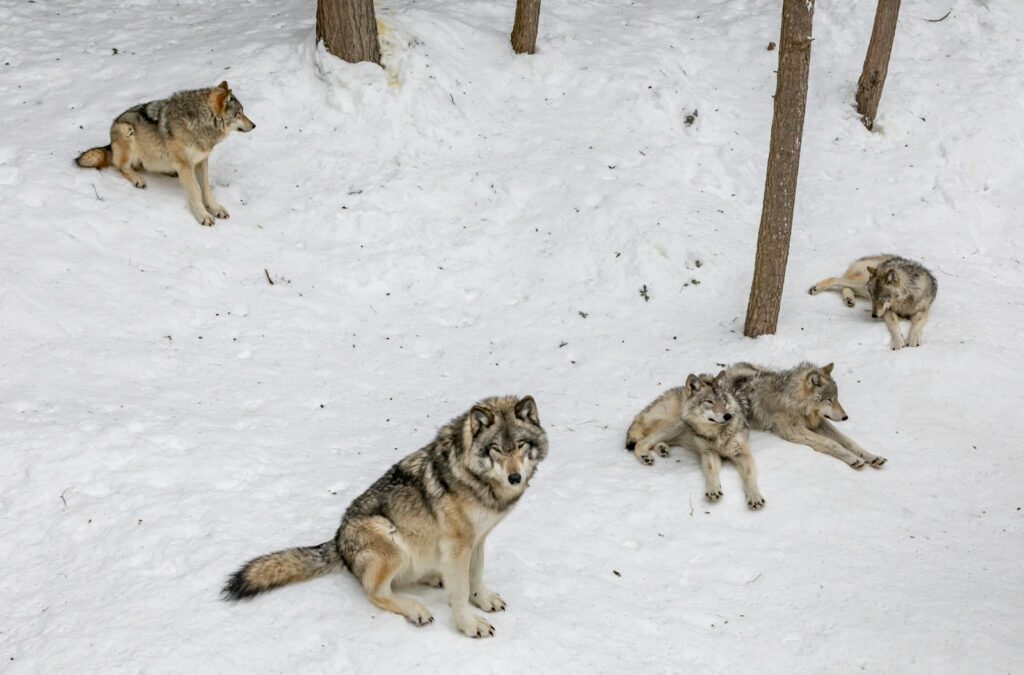
The position and movement of a wolf’s tail functions as a highly visible mood indicator, communicating emotional states that other pack members can recognize from considerable distances. A tail held high, sometimes slightly curved over the back, signals confidence, dominance, or potential aggression—particularly when accompanied by stiffness or slow, deliberate movement. Conversely, a tail tucked tightly between the hind legs represents the ultimate expression of submission or fear, effectively diminishing the wolf’s apparent size and communicating non-threatening intentions. Relaxed social interactions typically feature a tail held in a neutral horizontal position or with slight, loose wagging movements that indicate friendly interest. Researchers have observed that tail positions often change rapidly in response to social dynamics, with wolves adjusting their tail carriage as they interact with different pack members of varying status. This nuanced communication system allows wolves to constantly broadcast their emotional state and social intentions through a highly visible body part, reducing the need for potentially risky physical confrontations.
Scent Marking as Communication
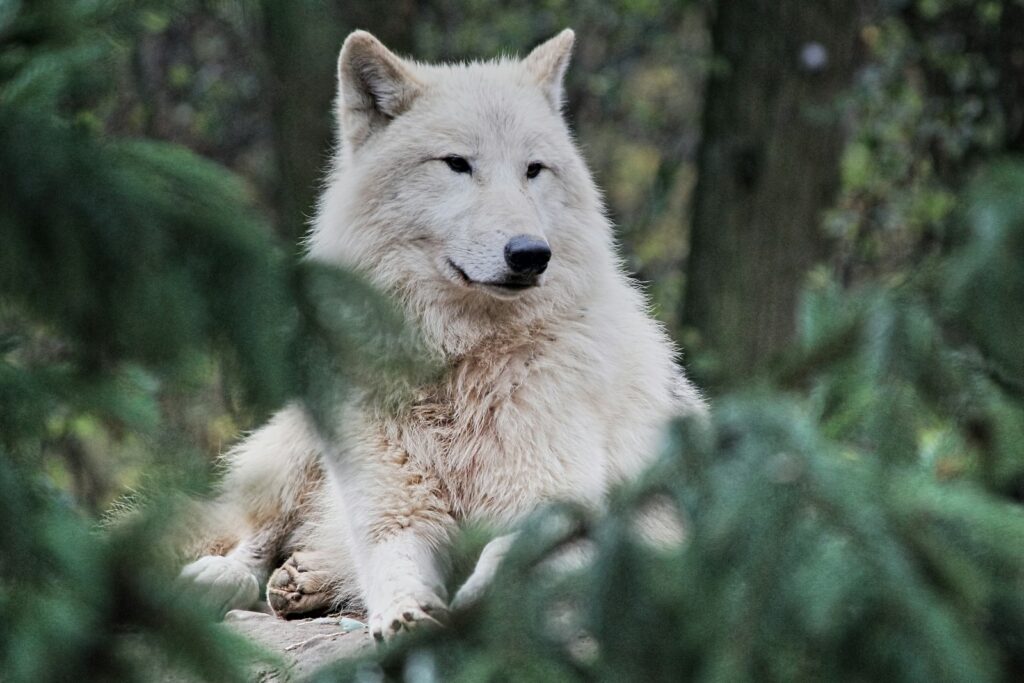
Beyond visual and vocal signals, wolves rely heavily on olfactory communication through various forms of scent marking that create an invisible information landscape across their territory. Urine marking, performed by both males and females but particularly dominant individuals, serves to establish territorial boundaries, advertise reproductive status, and reinforce pack identity. Feces, often deliberately deposited in prominent locations like trail junctions or territory edges, function as long-lasting territorial markers containing information about the depositing wolf’s identity and health status. Wolves also possess specialized scent glands between their toes that leave olfactory information with every step, creating scent trails that other wolves can follow or avoid. This chemical communication system operates continuously, transmitting information even when wolves are physically absent from an area. Research has shown that wolves can distinguish between the scent marks of familiar pack members, neighboring packs, and unknown wolves, allowing them to respond appropriately to different potential threats or opportunities.
Ritualized Greetings and Pack Bonding
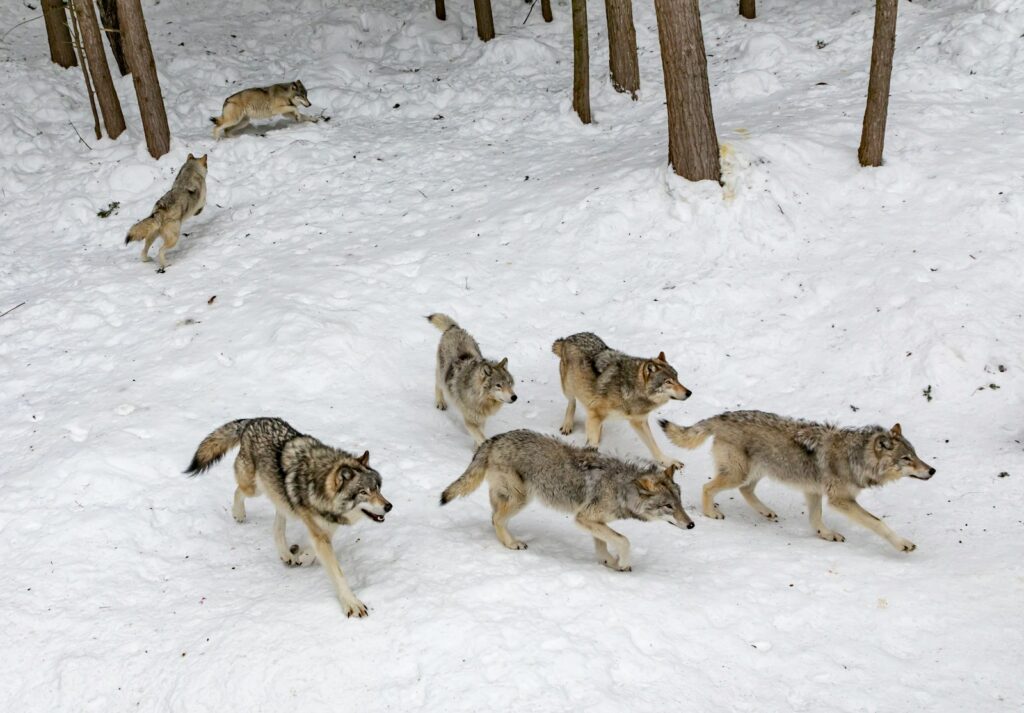
Wolves engage in elaborate greeting ceremonies that reinforce social bonds and reaffirm pack hierarchy after periods of separation. These greetings typically involve face-licking, where subordinate wolves gently lick the muzzle of more dominant individuals—a behavior evolved from the pup-to-adult food-begging behavior that persists into adulthood as a sign of respect and affection. Physical contact plays a crucial role in these interactions, with wolves often pressing their bodies against each other, sometimes accompanied by soft whining or quiet squeaking vocalizations that express positive emotional states. The intensity of greeting behaviors correlates strongly with the strength of the relationship between the specific wolves and the duration of their separation. Researchers studying these interactions have observed that these ritualized greetings help reduce social tension, reestablish familiar relationships after separations, and provide opportunities for wolves to gather olfactory information about where pack members have been. These bonding behaviors contribute significantly to maintaining the tight social cohesion that allows wolf packs to function as effective cooperative units.
Play Communication in Wolves
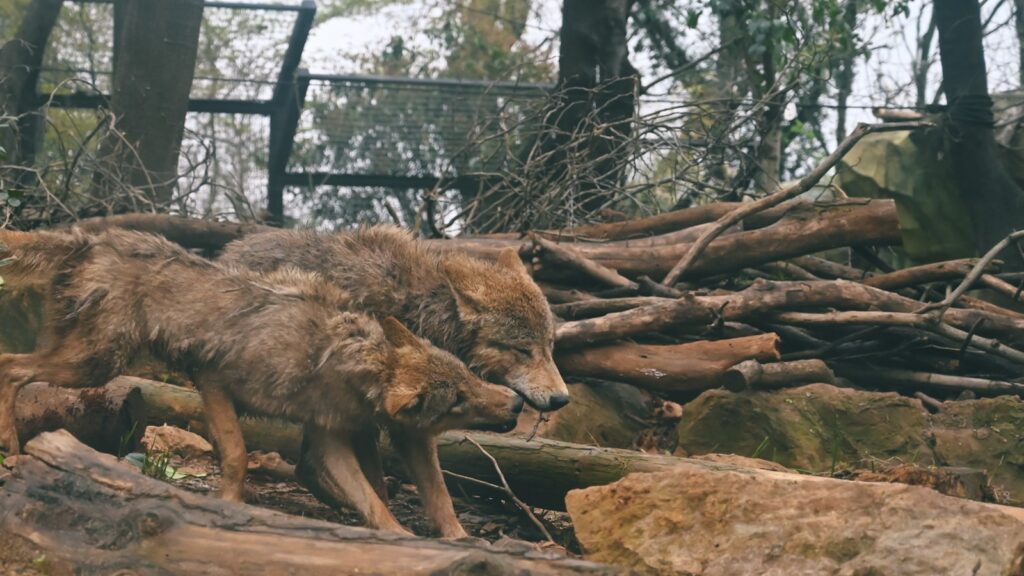
Play behavior among wolves incorporates specialized communication signals that prevent rough-and-tumble interactions from escalating into actual aggression. The play bow—where a wolf lowers its front end while keeping its hindquarters elevated—serves as the universal wolf signal that subsequent actions should be interpreted as play rather than aggression. Facial expressions during play typically feature relaxed, slightly open mouths with relaxed lip positions, clearly distinguishable from the tense expressions seen during genuine conflicts. Wolves modulate the intensity of their play biting, using inhibited “mouthing” rather than full biting pressure, and often take turns being the pursuer and pursued to maintain balanced play interactions. Research has revealed that wolves engaged in play produce distinctive, soft panting vocalizations that help maintain the playful context of the interaction. These sophisticated play signals allow wolves, particularly juveniles, to practice important skills like hunting and fighting while minimizing the risk of injury or triggering serious aggression from playmates.
Communication Differences Between Wolves and Dogs
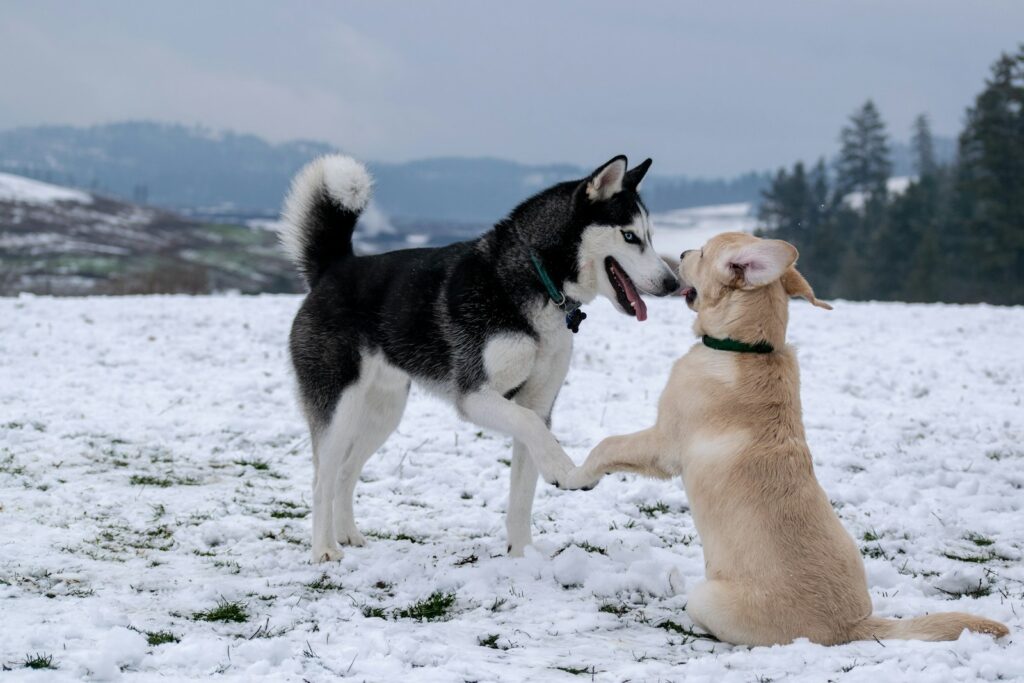
Despite their shared genetic heritage, wolves and domestic dogs display notable differences in their communication patterns that reflect their divergent evolutionary paths. Dogs have developed more persistent juvenile traits in their communication, barking much more frequently than wolves and using vocalizations primarily to communicate with humans rather than conspecifics. Wolf howls contain more complex information and modulation than typical dog howls, with greater individual voice recognition capabilities that reflect their need to identify specific pack members across distances. Facial expressions also differ, with domestic dogs evolving more pronounced eyebrow movements that enhance their ability to make eye contact and form expressions that humans find appealing or easier to interpret. Research comparing wolf and dog communication suggests that many of the changes in dog communication evolved specifically to facilitate interaction with humans, while wolves retained communication systems optimized for their complex social interactions with other wolves. These differences highlight how communication systems can evolve rapidly under differing selection pressures, with dogs adapting their ancestral wolf communication for success in human society.
Modern Research Techniques in Wolf Communication
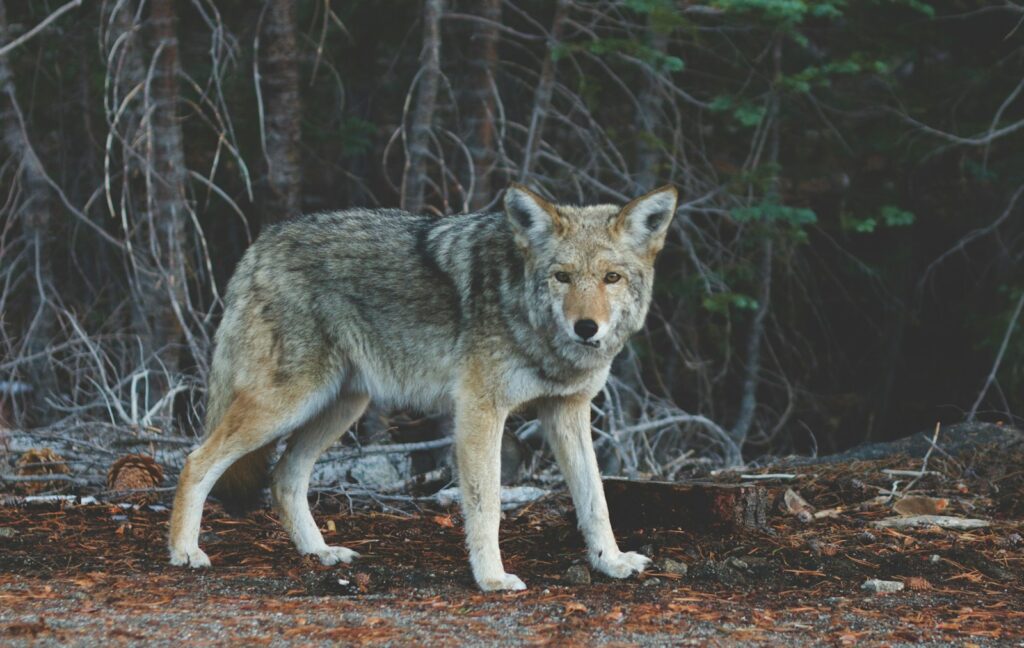
Contemporary wildlife biologists employ sophisticated technologies to decode the subtleties of wolf communication that were previously inaccessible to human observation. Automated howl recorders deployed throughout wolf territories capture vocalizations around the clock, enabling researchers to analyze seasonal patterns and territorial interactions without human presence influencing wolf behavior. Specialized sound analysis software allows scientists to identify individual wolves by their unique vocal signatures, similar to how human voices can be distinguished from one another. High-definition camera traps with motion sensors and night vision capabilities provide unprecedented documentation of facial expressions and body language that might be missed during direct observation. Some research facilities even use machine learning algorithms to classify and categorize thousands of hours of wolf communication data, identifying patterns that might escape human perception. These technological advances have revolutionized our understanding of wolf communication, revealing subtleties and complexities that confirm wolves as having one of the most sophisticated communication systems among non-primate mammals.
Conclusion
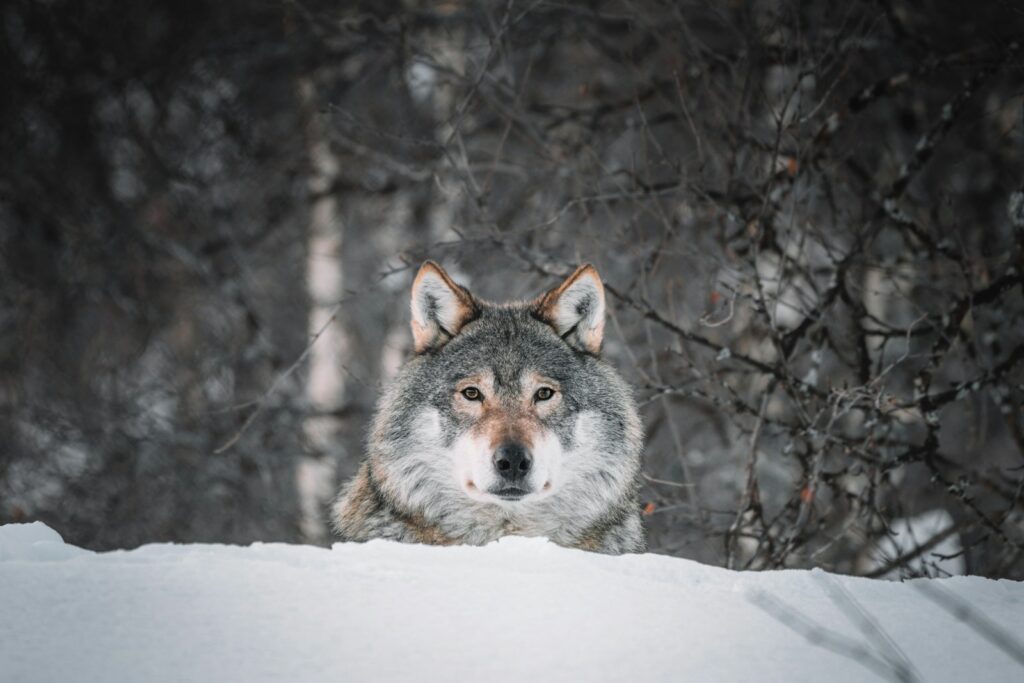
The intricate communication system of wolves represents an evolutionary masterpiece that facilitates their complex social lives and cooperative survival strategies. From the haunting long-distance howls that connect pack members across miles of wilderness to the subtle ear positions that communicate immediate emotional states, wolves employ a multilayered language system that rivals many primate species in its sophistication. This elaborate communication network allows wolf packs to function as cohesive units despite the challenges of their predatory lifestyle and the vast territories they inhabit. By studying how wolves communicate, we gain not only valuable insights into these fascinating predators but also a deeper understanding of the evolutionary foundations of social communication that ultimately influenced our own domestic dogs and perhaps even human social behavior. As research techniques continue to advance, our appreciation for the nuanced conversations happening within wolf packs will undoubtedly deepen, revealing even more complexity in their ancient language of survival.

